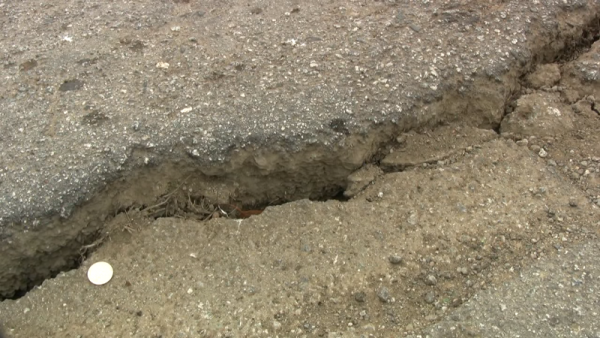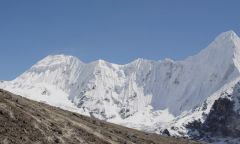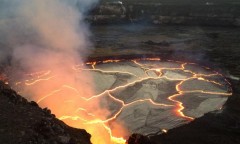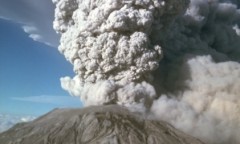By KM Diaz, | May 03, 2017

In a fault line, there are two pieces of rock pressed against each other while the friction was kept in place. (YouTube)
Movies like "San Andreas" and "2012" are believed to be impossible to happen and only created for the sake of good visuals. However, the researchers from California Institute of Technology (Caltech) demonstrated how these movies will likely happen in reality, opposed to the beliefs of other geologists.
Like Us on Facebook
In a fault line, there are two pieces of rock pressed against each other while the friction was kept in place. When the pressure started to increase, it may become powerful than the friction and plates will be slipped that may lead to an earthquake.
However, until now, this kind of fault line was considered to only rub the plates against each other in a short distance before settling back down, and will never open a gap at the surface again.
Caltech researchers suggest that this approach did not line up with their real-world investigations. The team studied the site of 2011 Tohoku earthquake in Japan that produced tsunami and Fukushima nuclear disaster. They noticed that the one side of the fault slid in some areas roughly 164 ft. (50 m).
In their hypothesis, the earthquake prompts one piece of the rock to totally twist continuously from the other to make an immense gap that lets one side to slip - a phenomenon thought to be impossible.
The researchers recreate the event in the laboratory using a block of plastic designed to imitate the rock's mechanical properties. First, a fault line was simulated through cut materials in half before applying pressure to hold the two pieces together. Since the material is transparent, the researchers able to see the shock waves breaking through the plastic, the whole analysis were taken on high-speed cameras and particle speed sensors.
After that, they set aside a fuse at a given location along the fault line. Shock waves were transmitted through the fault up to the surface, and crack was opened because one-half was twisted. The findings challenge of other geologists about their belief that the reaction was impossible to happen.
Ares Rosakis, the senior author of the study, says that their models were programmed and the walls of the fault cannot be separated from each other. The research demonstrates the importance of observation and experimentation. Computer models can also be realistic because of their built-in assumptions.
After recreating the event using modified software to exclude random limitations, they discovered that the data collected matched with the observations. The findings may also lead to understanding the earthquakes, how it causes a tsunami, and to give disaster filmmakers credibility, Rosakis noted.
The study was published in the journal Nature.
-
Use of Coronavirus Pandemic Drones Raises Privacy Concerns: Drones Spread Fear, Local Officials Say

-
Coronavirus Hampers The Delivery Of Lockheed Martin F-35 Stealth Fighters For 2020

-
Instagram Speeds Up Plans to Add Account Memorialization Feature Due to COVID-19 Deaths

-
NASA: Perseverance Plans to Bring 'Mars Rock' to Earth in 2031

-
600 Dead And 3,000 In The Hospital as Iranians Believed Drinking High-Concentrations of Alcohol Can Cure The Coronavirus

-
600 Dead And 3,000 In The Hospital as Iranians Believed Drinking High-Concentrations of Alcohol Can Cure The Coronavirus

-
COVID-19: Doctors, Nurses Use Virtual Reality to Learn New Skills in Treating Coronavirus Patients











